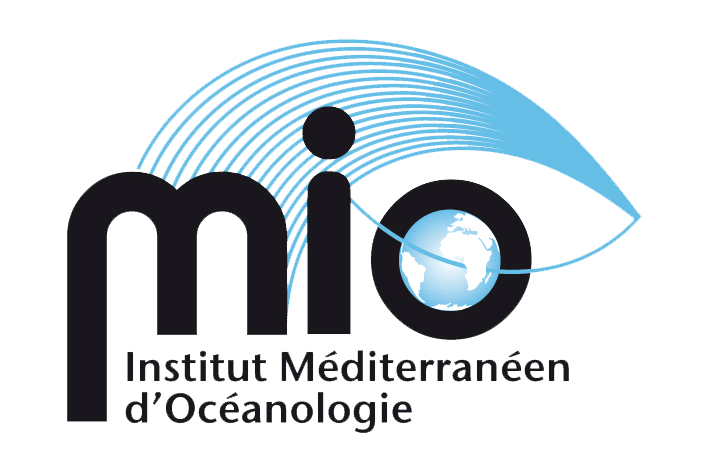12 February 2022
Last net
Early this morning, Marthe's last plankton net was deployed. During the campaign, she collected samples from 6 nets. All the bioluminescent planktonic organisms will be studied in the MIO laboratory to understand the origin of their bioluminescence. Some of them live in symbiosis with bacteria that produce this light.
To observe them on board, Marthe placed them in natural conditions in a cold room at 13 degrees in complete darkness.
Today, she came across some organisms that are a source of amazement to the whole team!
Photo credit: Nicolas Fromont - @nicolasfromontphoto
Baby squid
It's a juvenile squid measuring just a few millimetres!
Squid are members of the cephalopod family, like octopus and cuttlefish. It is rare to see them, as they live mainly below a depth of 50 metres. We feel very lucky to be able to admire this little creature! It is preserved in oxygenated seawater and will be released after a few observations.
The coloured dots on its body are pigment cells called chromatophores, which give the epidermis its colour. Many species have them, but in cephalopods the colour of these cells can vary. These cells change size and expand the contents of their pigment sac to go from one shade to another, so they can vary from orange to brown to red. Chromatophores are controlled by neuronal activity and can expand or contract in a matter of milliseconds!
Photo credit: Marthe Vienne
An inspiring squid
Cephalopods also have so-called iridescent chromatophores, including iridophores, which are also found in fish and reptiles.
These specialised cells do not function with a pigment sac but with reflecting crystals. These crystals are microscopic slides made from crystallised guanine. Guanine is a nucleic base in DNA, corresponding to the G in the 4-letter genetic code (ATCG). Its crystallised form allows it to reflect light and play with the different colours of which it is composed. Not bad, eh?
Industry has drawn inspiration from this property to create the pearlescent effect of certain paints or make-up. These are mimetically inspired organic products, like the BathyReef artificial reef, which takes its shape from the internal tissues of sea squirts! The best designs are found in nature!
Photo credit: Marthe Vienne
The Nautile's last dive
Today is the last descent by Nautile to the EMSO-LO site, with Jürgen du CPPM. Jürgen's mission is to accompany the Nautile pilots in disconnecting the telescope from the project. ANTARES (Astronomy with a Neutrino Telescope and Abyss environmental RESearch). This project has been replaced by KM3NeT telescope neutrino, mentioned at the start of the mission.
Neutrinos are elementary particles with no electrical charge and infinitesimal mass that circulate in the Universe. They travel all over space and can pass through the Earth's core. Astrophysicists are studying the journey of these particles!
Neutrinos are produced during natural and common reactions, such as the fusion of two atomic nuclei, nucleus fission or radioactivity (beta type). For example, reactions within stars, including our Sun, are powerful neutrino generators.
The study of these particles provides information about a distant celestial origin. Their trajectory may lead researchers to a major event, such as a supernova in the Universe!
But what is a neutrino telescope doing under the ocean?
These devices are placed in the depths of the Earth in search of maximum darkness in which to operate. Water also offers other advantages to astrophysicists, such as its high density and transparency, which make it a good observation ground.
Photo credit: Nicolas Fromont - @nicolasfromontphoto




